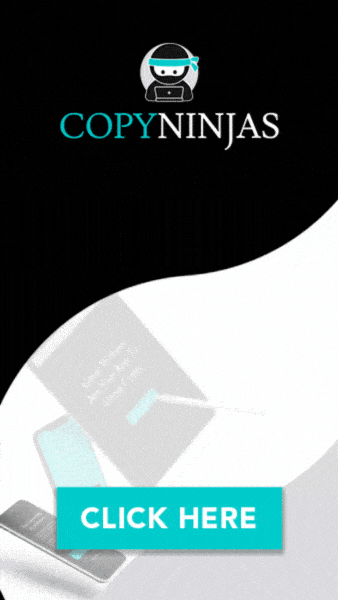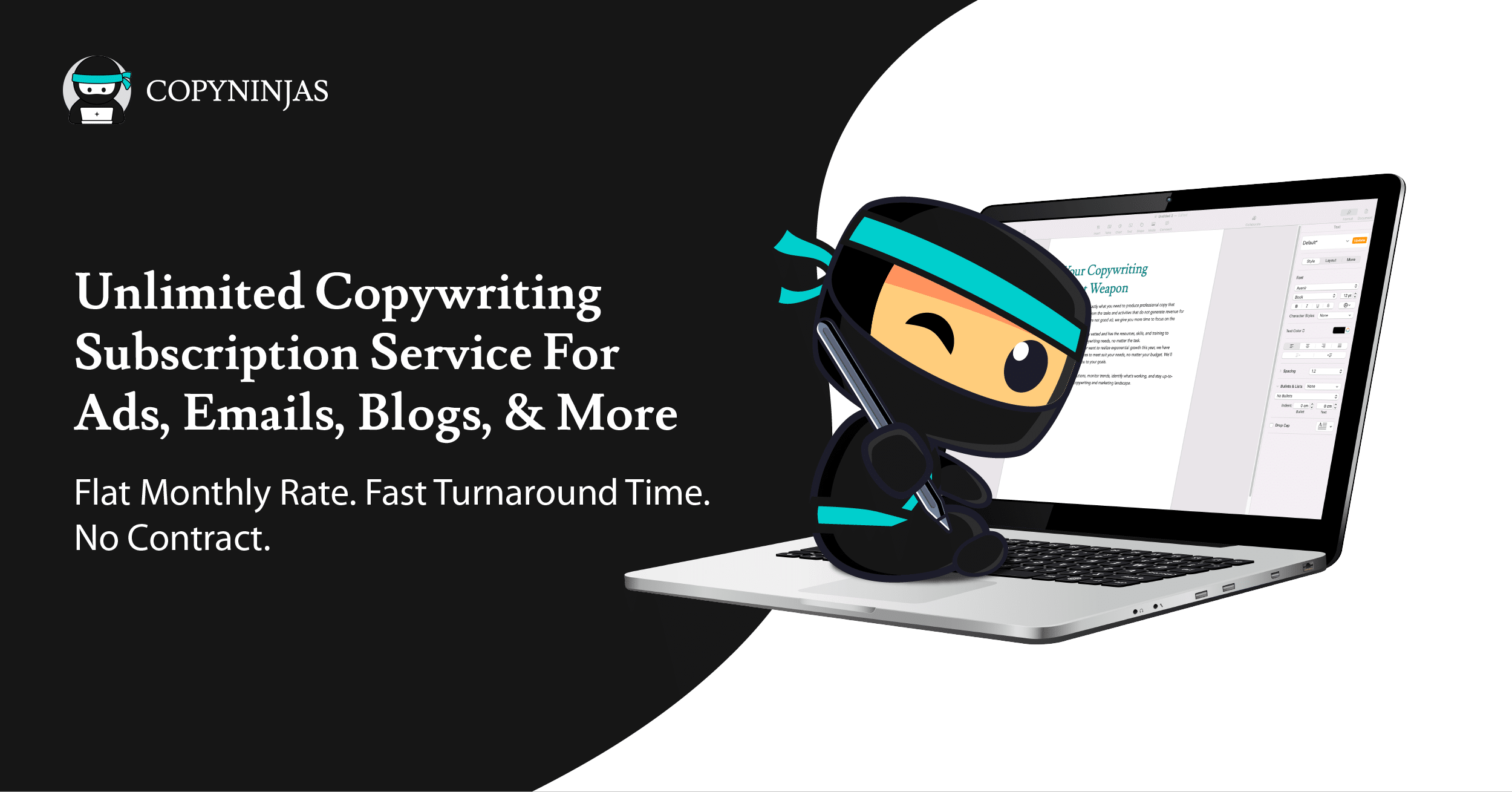Okay, so you’re ready to write some content. But before you can begin creating your masterpiece, there are a few things that we need to cover so that you’re sure to meet your goals, whether that’s to build your audience, get more customers, or position yourself as an expert. Your content has to serve a purpose and get people to pay attention. That’s not always easy, but thanks to these 15 tips, you’re now set up to succeed.
1. Create a clear content strategy.
The idea behind a content strategy is to create a plan for how you’ll use your digital channels to meet your business goals. It’s not just about posting random things and sending them out to the ether. It’s about creating an overall plan that allows you to communicate with your audience in the most effective way possible.
Here are some things to consider when crafting your content strategy
- What do you want to achieve with your content? Do you want to increase sales? Build brand awareness? Connect with new customers? Make sure your target audience is hearing about your product or service at all times?
- Who is your target audience? How can they find out more about what you do—and why they should care about it? How can they interact with your company on social media or other platforms where they’re likely to hang out? What kind of information are they looking for when they read something online? And how can they find it in a way that makes sense for them personally?
2. Reel in readers with a great headline.
If you’re looking to get more blog traffic, it’s time to start crafting headlines that will capture your readers’ attention.
Some of the best headlines use:
-
- Keywords that your target audience is searching for
- A benefit statement (e.g., “5 Ways to Save Money on Your Next Trip”)
- An emotional hook (e.g., “How to Make Your Weekends More Relaxing”)
- Good old humor
Include User-Generated Content (UGC).
UGC is one of the most effective ways to engage your audience with your content. UGC is any type of text or media that a user creates rather than receiving from another source. It can take many forms and serve many functions, but its primary purpose is to build trust with your audience by providing them with something genuine and personal to connect with.
Testimonials are a popular and effective method of incorporating UGC. These are excellent because they feature real people discussing how they’ve successfully used your product, and are frequently very effective tools for convincing others that your products work well!
3. Keep it simple.
We understand that you have a lot of content to write and information to share. The key here is to keep your content simple—that is, short, sweet, and to the point. Here are a few guidelines for making your content simple:
- Use short sentences. Keep each one concise. Avoid fluff.
- Use short paragraphs. If a paragraph goes more than 3 sentences, it’s probably too long and won’t pass the Goldfish attention span test.
- Use bullet points and tables to break up the text.
- Use bold text or italics to emphasize important points.
- Use subheadings.
4. Include images and videos.
Speaking of breaking up the text, including images and videos is always a good thing, but be warned—too much and your content will look distracting and unprofessional.
Here are some important things to remember when adding images and videos to your content:
- If you’re going for a long-form blog post or story, try to keep the number of images and videos per page at no more than four or five.
- When it comes to video length, aim for around 2 minutes (or less if possible). If you can’t keep the video under 2 minutes, consider breaking it up into smaller parts.
- Make sure that each image has a purpose. If an image doesn’t add anything important to the story or point you’re trying to make, then don’t use it!
5. Keep your audience in mind.
When you’re writing something like an article or blog post, it’s easy to get lost in the weeds of your own thoughts. That’s why it’s important to always go back to your purpose—that is to inform, entertain, or persuade readers. If you approach your writing with this goal in mind, it will help guide what topics you choose to discuss and how best to present them.
The approach also helps prevent writers from getting bogged down in too many details or from veering off on tangents that don’t serve their central point: if a particular detail doesn’t directly relate back to that point, cut it out! In short: focus on what matters most for this piece.
6. Make sure your content is scannable.
Your target audience is usually busy and may not have time to read every word you write. They are more likely to want to get the key information quickly and easily. This is why it’s critical to divide your content into short paragraphs, to use headers and sub-headers, and to include bulleted and numbered lists.
Instead of having to read a long block of text or scroll through page after page of content, they can scan your text for what they’re looking for. This will not only make your work more accessible, but also more engaging—and thus more likely to be read!
7. Avoid using fancy jargon.
When you’re writing content, make sure it’s accessible and easy to understand. Highly technical terms can be a barrier to understanding, where otherwise there wouldn’t be one.
For example: “We need to leverage the power of our data,” sounds like something a scientist would say. Instead, you could say, “We need to use our data” or “We need to analyze our data.” Those are more clear and direct language choices that will help average readers understand what you’re saying without having to do too much extra work.
8. Don’t be afraid to write like you talk.
It’s easy to get too formal and stuffy when writing content, so it’s important to remember that keeping things conversational is one of the best ways to keep people interested.
If you want people to read what you’ve written, it has to be fun and relatable! Think about how much more interested you would be if someone told you about something in person instead of sending you an email. This is how we want our readers to feel after reading what we write.
9. Write less, say more.
You might be tempted to put in every detail and fact that comes to mind. But when you do that, it can seem like there’s too much information, and people will lose interest.
Instead of telling us everything at once, you should focus on the most important details. You can also lean on the readers’ prior experience to drive a point.
You can do this by:
- Using relevant examples from real-life situations (e.g., “Imagine a situation where…”)
- Keeping sentences short and simple (e.g., “The point is…”)
10. Stay on topic.
It can be easy to get off track from the topic that you’re trying to write about. This leads to a lot of wasted time and effort, which is a huge problem for anyone who’s trying to communicate clearly.
Here are three tips to avoid this problem:
- Create an outline.
- Divide long-form blogs into specific sections.
- Review previous statements from time to time.
11. Link to other resources.
Don’t be afraid to use links. They are a great way to build a bigger picture. You can use links in your posts to back up your points and give your content more weight. When you write a blog post or article, you should try to include 3–5 links that back up what you say. It shows that you’ve done research on the topic and gives readers more useful information.
You can also use links in your social media posts. This way, you can direct your audience to a blog post on your website. Apart from adding information, you’re also helping increase your website’s visibility.
12. Achieve balance between human audience and search engines.
On one hand, If you only write for people, your pages may not do well in search results because they won’t have what search engines like Google are looking for. On the other hand, if you only write for search engines, your content won’t be very interesting because it will sound too technical or emotionless. This is why it’s important to find a balance between writing for people and writing for search engines.
There is a way to incorporate the key words in a way that sounds natural and conversational. If you write something that works well for both people and crawlers, there’s a better chance of increasing your site traffic.
13. Stop sounding too “salesy.”
Think back to the last time you used Amazon to buy something. Did you buy from the company that was trying to sell you their product, or from the one that told you a lot about what they were selling and how it would help you?
The best way to get people to buy from your brand is to give them good content that shows why they should choose you over other options. Trying too hard to sell something can be a big turnoff. Show them the benefits and why they should patronize your product or service instead.
14. Be trendy.
If you want to catch the attention of the reader, take advantage of trends—especially if they’re topical. Think about what people are talking about right now and make it your own. There are numerous sources of inspiration available, ranging from the latest fashion trends to iconic movie lines to the top pop songs.
15. Scout the competition.
When it comes to writing your content, it’s critical to keep an eye on what your competitors are putting out. You want to see what works for them, what their customers respond to, and what doesn’t. This will give you an idea of what resonates with your target audience and will help you plan accordingly.
Content is King.
Crafting high quality, engaging content may be quite the challenge. That’s why it’s important to remember these 15 best practices so your audience can follow along with your message and enjoy the ride. However, if you think it all seems a bit too much, that’s where we at Copy Ninjas come in!
Copy Ninjas is a team of talented click copywriters who can create everything from attention-grabbing headlines to persuasive e-commerce copy to original advertisements and email newsletters. Rest assured that your audience will always be treated to fresh, interesting material with our assistance. Find out who we are and what we do when you take a look around our Copy Ninjas dojo here.









